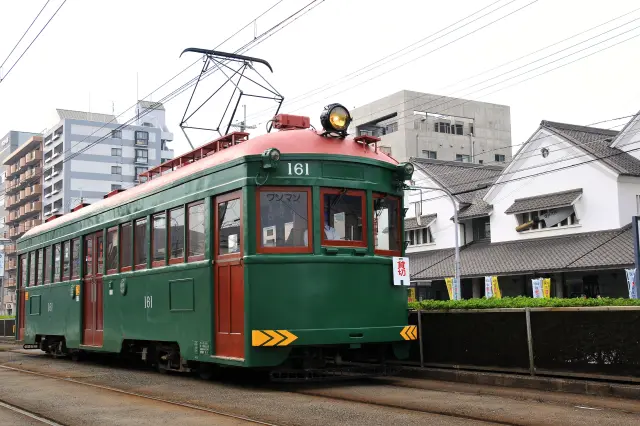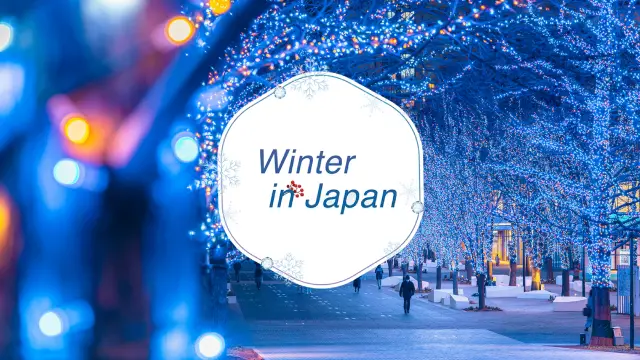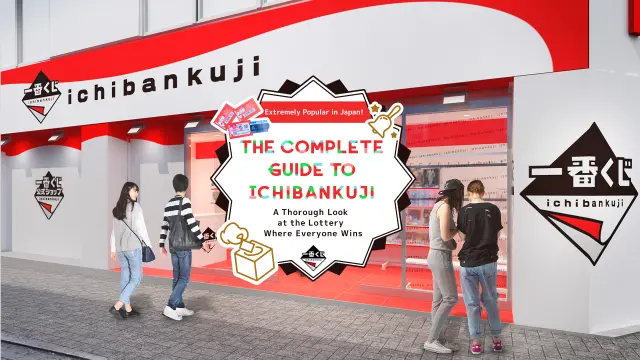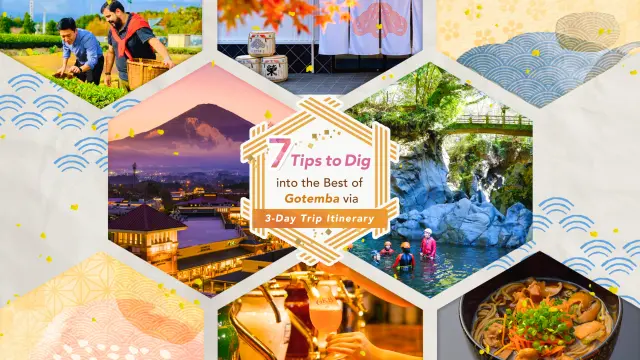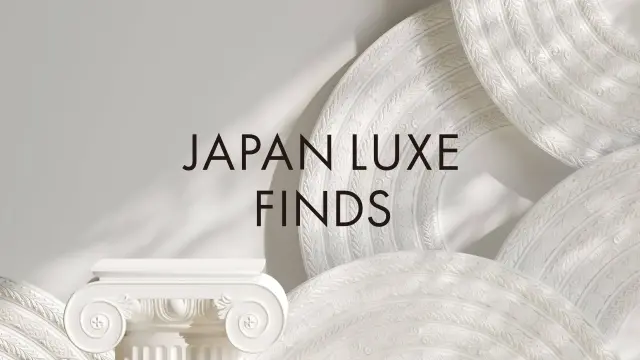Prince Shotoku, the father of Japan’s Buddhism, had this first Japanese Buddhism temple built in 593. In the 8th century, the respect for him has changed into a religion, which is still active to this day. Since the temple was built by Prince Shotoku, it was reestablished as Washu (Japanese religion) in 1949.
The building layout on the grounds is called Shitennoji Style Temple Building Layout, known as one of Japan’s oldest architectural styles. From south to north, the middle gate, five-story pagoda, Golden Hall and worship hall stand in a line, surrounded by the corridor, which is seen in China and Korean Peninsula, suggesting the connection between ancient Japan and the continent. Though damaged by numerous disasters and wars, the support from people made repeated restorations possible.
A five-story pagoda is the symbol of this place. While it was being built, Prince Shotoku wished to save six realms/ways (hell, hunger, animals, demons, humans and heaven) and placed six tokens of Buddha’s ashes and six pieces of his hair inside the foundation stone, thus called “Six Way Saving Pagoda.” The interior, the 8th restoration, is open to the public and the top floor gives you a view over Osaka City. Besides the main hall, the Treasure Hall with valuable national treasures and important cultural properties, 10,000m² Gokuraku-jodo-no-niwa (Garden of Paradise) with a lovely pond to stroll around, and more spots are enjoyable to visit.
Buddhist services are held every 21st and 22nd. On the 22nd, there is a fair with almost 300 booths on the premises.
Highlights
-
Prince Shotoku had this first Japanese Buddhism temple built.
-
The historic temple with the original ground plan and treasures in store.
-
Five-story pagoda, the symbol of this temple, is open to the public. The top floor offers a view over Osaka City.
-
A fair on every 21st and 22nd on the temple grounds. Have some fun.




















